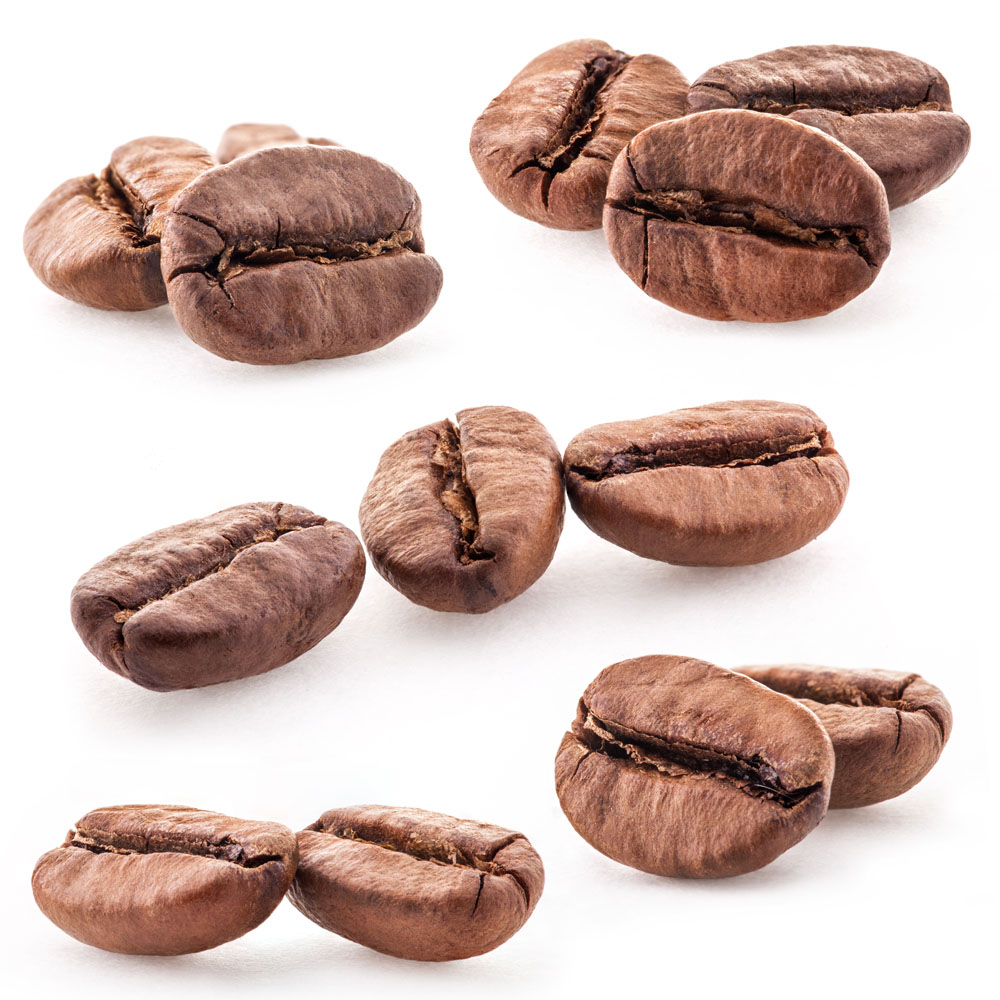Independent coffee shop management experience sharing how to open a coffee shop the risk of opening a coffee shop

1. Reserve a way back.
Running a restaurant is bound to face the risk of failure. If the business is still not smooth for a year, you should be ready to close the business at any time and sell all the kitchen equipment. Most kitchen equipment can only be leased for a period of one year at the beginning. After a year, it is never too late to buy after the business is on track, so the cash flow will be more stable. As there are not a small number of people who have failed in the catering industry, there are many second-hand goods in circulation in the market, and cheap equipment can be purchased through auctions and other channels.
two。 Location determines everything.
It's not easy to be lucky to find something great, but I suggest opening a store next to Starbucks. They must have put a lot of effort into market research, and regional cafes like ours will not compete with them for business. There is no need to find an empty storefront. Instead, I suggest finding a storefront that is not regularly cleaned and maintained (indicating that the shopkeeper does not have the drive to do business) and buy it. It would be better if the store was originally a restaurant, which would save a lot of investment in kitchen equipment at the beginning of the store.
3. Find 200 regular customers.
For a regional cafe, as long as it has 200 regular guests, it can operate smoothly. As early as the stage of site search, you should grasp the local characteristics and think about the unique concept of "Niche". However, you can't be too persistent. After opening a store, you must listen to the voice of the customer and slowly correct the direction. From the way of greeting to the design of napkins and other details, should be integrated into the concept. Of course, if the characteristics of the shop owner do not conform to the owner's own personality, it will be difficult to succeed.
4. Design "team"
The customers who bring the most revenue to the coffee shop are the take-out customers. The line can be designed to line up along the bar or shelf, rather than at a right angle facing the cashier, so that guests can see the menu while waiting, and try to avoid letting guests come to the cashier to think about what they want. Put the small merchandise on the way of the line, so that guests can take the goods directly to the cashier to check out. This can not only lighten the cashier's burden, but also arouse customers' willingness to buy small items more easily.
5. The barista's movement is "within 2 steps".
For every step the clerk moves, the supply of goods slows down. When designing the bar, please set the coffee maker within 2 steps from the barista so that the barista can make drinks within 2 steps. In particular, popular goods, we must pay attention to arrange the location of materials, so that it can be made in the shortest possible time. Assuming that the popular product is latte or cappuccino, put the milk where you can get it as soon as you open the refrigerator, and the sink for cleaning the milk cup should not be too far from the coffee maker. Please know which popular product will be before you design the bar.
6. Replace old goods with new ones
Please remember to make some changes often. If you stop changing, the popularity of the store will begin to decline. However, change is different from "increase". If you keep "increasing", the shop is likely to one day become a coffee shop with pizza and oil change. When adding new items to the menu, be sure to replace the less marketable ones. Customer preferences will change over time, as long as you can repeatedly add and delete items, the menu in the store will be able to adapt to the changes of the times.
7. Sell goods with a small variety and a large quantity
For example, it takes an hour to make brownies from a baking pan, but if the portion is doubled, it will take only 1 hour and 10 minutes to bake. In other words, do not increase the variety of goods, but to create a "can sell more goods at a time" business model, you can efficiently expand the scale of business. One of my most recommended methods is the chowder service (dishes delivered home). A large number of goods sold in coffee shops are also produced and sent to the places designated by customers, which can reduce the overall cost.
Important Notice :
前街咖啡 FrontStreet Coffee has moved to new addredd:
FrontStreet Coffee Address: 315,Donghua East Road,GuangZhou
Tel:020 38364473
- Prev
Coffee roasting and Coffee Flavor Coffee Flavor
Americans often say: One mans meat is another mans poison, that is, one person is regarded as delicious, others as poison. The aroma spectrum of dry distillation can be divided into three categories: resin rhyme, spicy rhyme and carbonized rhyme, as follows: 1. Resin rhyme: turpentine and choking turpentine: turpentine, chicory, mahogany, wine, blackcurrant branches and leaves: Rosemary, eucalyptus alcohol, Eucalyptus leaves,
- Next

The judgment standard of fine coffee single coffee fine coffee study fine coffee English
The term "fine coffee" was first put forward by Ms. Knudsen of the United States in Coffee and Tea magazine. At that time, Ms. Knudsen, as a coffee buyer at B.C. Ireland in San Francisco, was very dissatisfied with the neglect of the quality of raw coffee in the industry, and even some big roasters mixed a large amount of Robesda beans in the comprehensive beans, so she put forward the concept of boutique coffee.
Related
- Beginners will see the "Coffee pull flower" guide!
- What is the difference between ice blog purified milk and ordinary milk coffee?
- Why is the Philippines the largest producer of crops in Liberia?
- For coffee extraction, should the fine powder be retained?
- How does extracted espresso fill pressed powder? How much strength does it take to press the powder?
- How to make jasmine cold extract coffee? Is the jasmine + latte good?
- Will this little toy really make the coffee taste better? How does Lily Drip affect coffee extraction?
- Will the action of slapping the filter cup also affect coffee extraction?
- What's the difference between powder-to-water ratio and powder-to-liquid ratio?
- What is the Ethiopian local species? What does it have to do with Heirloom native species?

